Craft beer industry sales have experienced stagnation in recent years, while liquor and ready-to-drink (RTD) options continue to dominate the market. This plateau in growth poses a significant challenge for brewery leaders: How to capture the attention and loyalty of the younger generations driving alcohol sales? One answer lies in unlocking the potential of your brewery sustainability efforts and effectively communicating your green initiatives.
Given that Millennials and Gen Z are known for their environmentally- and socially-conscious buying habits, creating a sustainability brand story that resonates with them is vital. Sharing your brewery sustainability initiatives helps build a meaningful connection with young consumers, disrupting their gravitation toward liquor or RTDs. Leveraging brewery software can position you as a leader in sustainability initiatives.
Tap into the Influential and Rapidly Growing Gen Z Market
As the youngest generation of legal drinking age, Gen Zers aged 21 to 25 hold immense potential as the future of your customer base. But appealing to the folks in this demographic requires more than just great beer; it demands a commitment to sustainability. They may be small in number, but they are mighty in influence. Poised to become significant drivers of the alcohol market, their preferences can shape industry trends. How can you nab the hearts and palates of this influential generation? Keep scrolling to find out…
Creative, sustainable brewing solutions
Craft brewers across the industry are taking steps to make their processes more sustainable. From upcycling used water to implementing land stewardship initiatives, they are finding unique approaches to reduce their ecological footprint. Some breweries recover carbon dioxide from the fermentation cycle, minimizing waste and greenhouse gas emissions.
Another approach is to partner with other organizations by helping to fund environmental initiatives. Crafted customer Topa Topa is a 1% for the Planet member and, since 2015, has donated at least 1% of their sales annually to local environmental nonprofits approved by 1% for the Planet.
Athletic Brewing Company, another Crafted customer, has committed to sustainability by becoming a Certified B Corporation™ (B Corps). They meet the highest standards of social and environmental impact. B Corps are assessed on how their business benefits their workers, communities, customers and the planet. The certification doesn’t stop at the assessment – it encourages continuous improvement in operations through benchmarking and goal setting with education and networking.

Sustainability as a Strategy
Making beer sustainably is challenging. It requires careful consideration, investment and a commitment to ongoing improvement. Imagine your green vision by identifying and assessing sustainability as a real business strategy. Operations and culture alignment are critical to how sustainability plays out in your brewery.
Breweries that effectively incorporate sustainability into their strategy assess their operations to identify ways they are or can become more sustainable by:
- Benchmarking against industry standards
- Measuring the impact of operations and brewery sustainability measures
- Aggregating data for reporting to sustainability-certifying organizations, stakeholders, employees and customers
- Pinpointing areas for improvement or investment
- Raising awareness about consumption and waste within their organization
To create long-term change, exploring the sustainability angle in your culture is critical to ensure everyone is aligned and on board.
- Mission: What do we believe in when it comes to sustainability? What is our sustainability rallying cry?
- Vision: What do we hope to accomplish with our green goals?
- Values: What matters to us? Why is sustainability a good idea?
- Management and leadership practices: How will our leaders model our desired sustainability behaviors?
- Working styles: What is it like to be an employee in a sustainable brewery? What does success look like for us all?
Crafting Your Brewery Sustainability Story
After you know the strategy behind your brewery sustainability program, it’s time to look at the human side of the equation.
For optimal success, everyone in the organization must understand the rationale to ensure leadership and employees support your brewery sustainability initiative. To create a compelling story, however, you must remember that the aim is to make your team feel something.
This is why people will want to get – and stay – involved.
A sustainability initiative (and related communications) must move beyond rational and logical information to include feeling and emotion. It must demonstrate the heart and soul of your new green program, including:
- Physical Change: What is tangibly changing in the business to become more sustainable?
- Intellectual Change: Who or what will this sustainable program benefit outside the company?
- Personal Change: How will becoming more sustainable affect leadership and employees inside the company?
- Emotional Change: Why should everyone invest in this sustainability program long term?
The responses to these questions will help craft your sustainability story statement – the way to explain your brewery sustainability program and inspire your staff. To bring this to life, collaborate as a leadership team to get as concise a story as possible. Push yourselves to be creative and aspirational. You’ll use this story a lot when it’s time to start sharing information with your employees and customers. Make it real.
5 steps to create your sustainable story statement
Step 1: Have your leadership team work through the change questions individually.
Step 2: Share responses with the group and come to a consensus.
Step 3: When your team agrees on what responses resonate with the group the most, you can fill in the blanks to your new story statement:
We need (PHYSICAL CHANGE) because it will help our organization (INTELLECTUAL CHANGE) while offering (PERSONAL CHANGE) for our team – all to help us to become (EMOTIONAL CHANGE).
STEP 4: Test your story statement and refine it as needed – check in with other important players in your organization, including board members, key managers or change agents. Inspire team leaders to tailor the statement to the specifics of each department. Refine as needed.
STEP 5:
Live it! Finally, once your story statement is solid, work with your marketing department to make it a core part of all leadership public speaking, messaging and communication. Marketing can offer guidance to cascade the messaging to employees so they see how and why the organization is embracing sustainability. Your brewery sustainability story statement encapsulates the “why” for this program. It is your new communication script. Use it often so everyone is aware and inspired.
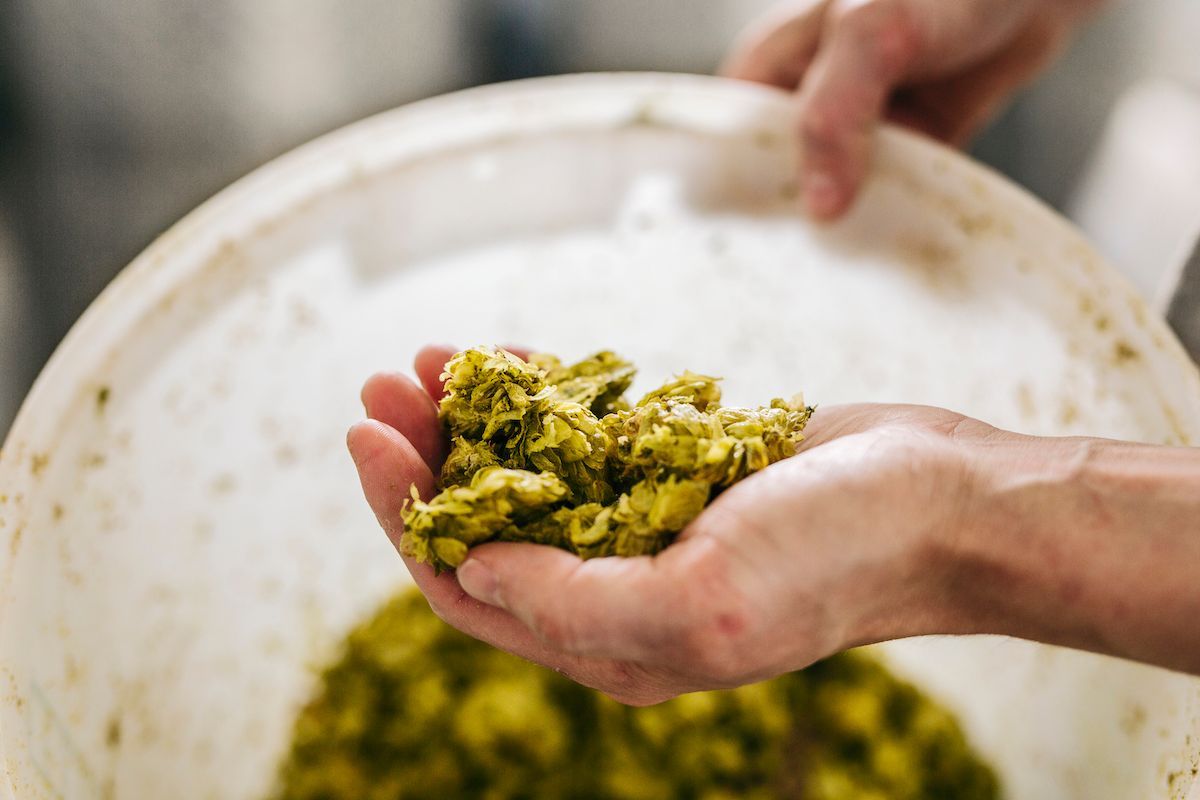
Igniting Your Brewery Sustainability Story
You've discovered ways to embrace sustainability and crafted your sustainability story statement to communicate your new changes or practices. To kickstart your brewery sustainability program, motivate your employees to adopt and implement these changes and inspire younger consumers to venture away from liquor and RTDs, there are four key steps to consider:
- Uncover hidden gems and track your sustainability efforts. Evaluate your brewery's current sustainability practices and identify areas for improvement. Develop and
track sustainability metrics, such as energy consumption, waste reduction, water conservation and carbon emissions.
Set goals and targets. Establish clear sustainability goals that align with your brewery's values and mission, such as reducing energy consumption by a certain percentage, achieving a specific level of waste diversion or decreasing water usage per keg of beer produced. Make them specific, measurable, attainable, relevant and time-bound (SMART). This framework helps your sustainability tracking progress and showcases your commitment to continuous improvement. Your SMART goals provide a tangible way to demonstrate your dedication and progress to internal and external stakeholders, strengthening your brewery sustainability brand story. - Showcase tangible actions.
Share your sustainability initiatives in a way that resonates with your target audience. Highlight concrete actions you're taking, such as sourcing local ingredients, implementing energy-efficient equipment, reducing packaging waste or supporting environmental organizations. It's not just about listing these actions; it's about telling your sustainability story in an engaging and relatable manner. Share captivating visuals, behind-the-scenes stories and personal anecdotes. Authenticity and transparency are key to building trust and loyalty among environmentally conscious consumers.
- Harness the power of engagement.
Involve your employees in your brewery sustainability efforts and empower them to contribute ideas and initiatives. Encourage customer feedback and involvement by organizing events, collaborating with local environmental groups or offering tours to showcase your green practices. Involving your team and customers in your sustainability journey creates a sense of shared responsibility and purpose. Engaging your customers strengthens their connection to your brand and allows them to participate actively in your sustainability efforts. You build a community of like-minded individuals who support and champion your brand's sustainability story.
- Utilize authentic and transparent communication. Be genuine in your messaging and avoid greenwashing. Share your successes, challenges and ongoing commitments honestly. Building trust and credibility among customers takes time and consistent effort. While words are not enough, the evidence will do much work for you. Establish a solid foundation of trust by communicating authentically, providing proof of your sustainable practices, seeking credible certifications or audits and openly sharing your successes, challenges and ongoing commitments. This trust strengthens your brand's reputation as a genuine and responsible player in the sustainability space.
Cheers to your brewery's greener and more prosperous future!
Crafting your brewery sustainability story is a powerful tool for engaging the Millennial and Gen Z audience. Leveraging the support of industry-specific tools like Doozy Solution’s Sustainability Center can drive growth for your brewery, positively impact the environment and even inspire others to join the sustainable brewing movement.
The Sustainability Center offers a range of features to help breweries effectively measure and track their environmental impact. From carbon footprint tracking to water usage and waste management tracking, these tools provide breweries valuable insights and data. By utilizing the Sustainability Center, breweries can gather the necessary information to communicate their sustainability story authentically and transparently to their customers. And it integrates seamlessly with the Crafted ERP platform.
Contact us to learn more about the Sustainability Center and how it can support your brewery in effectively communicating your sustainability journey.
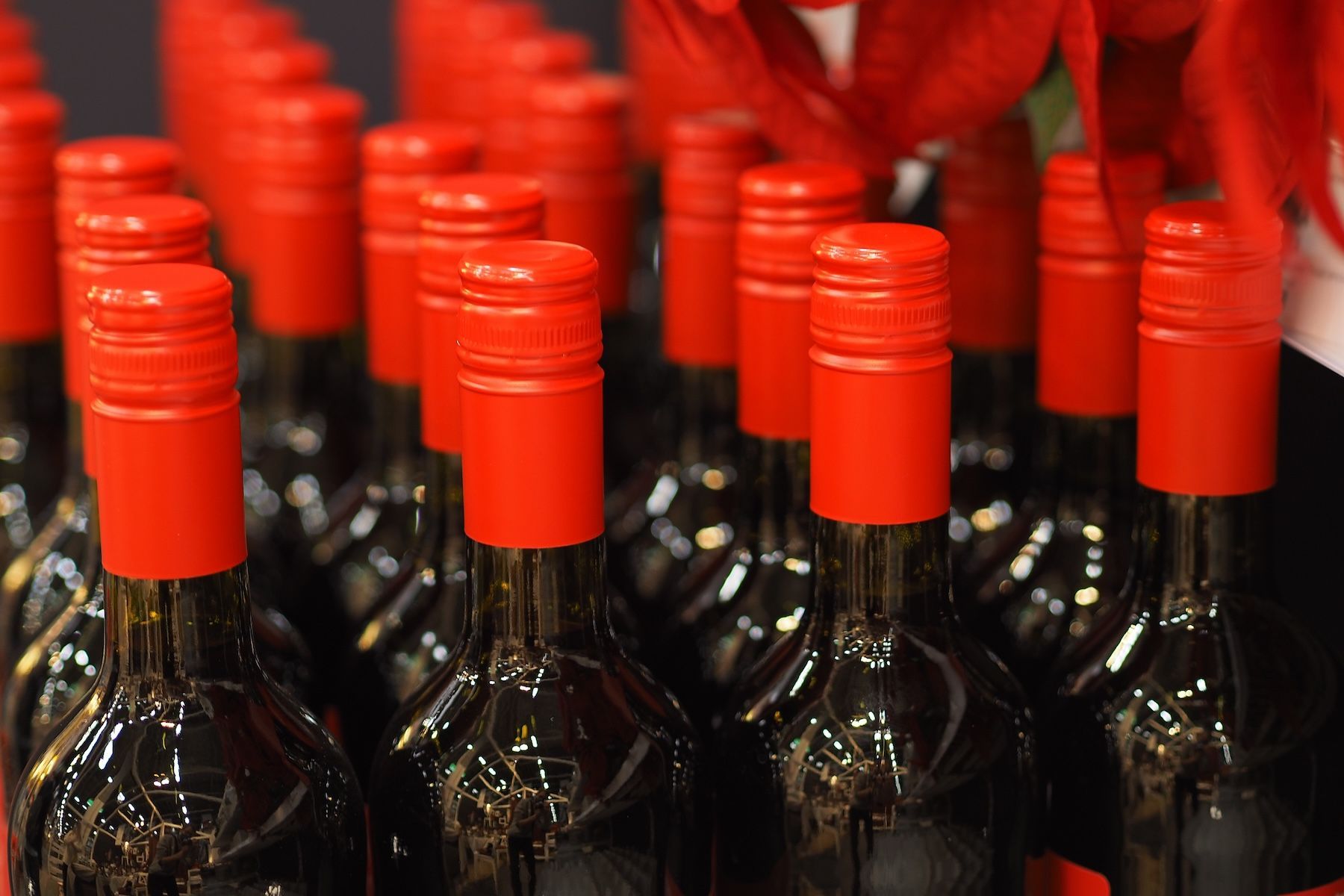
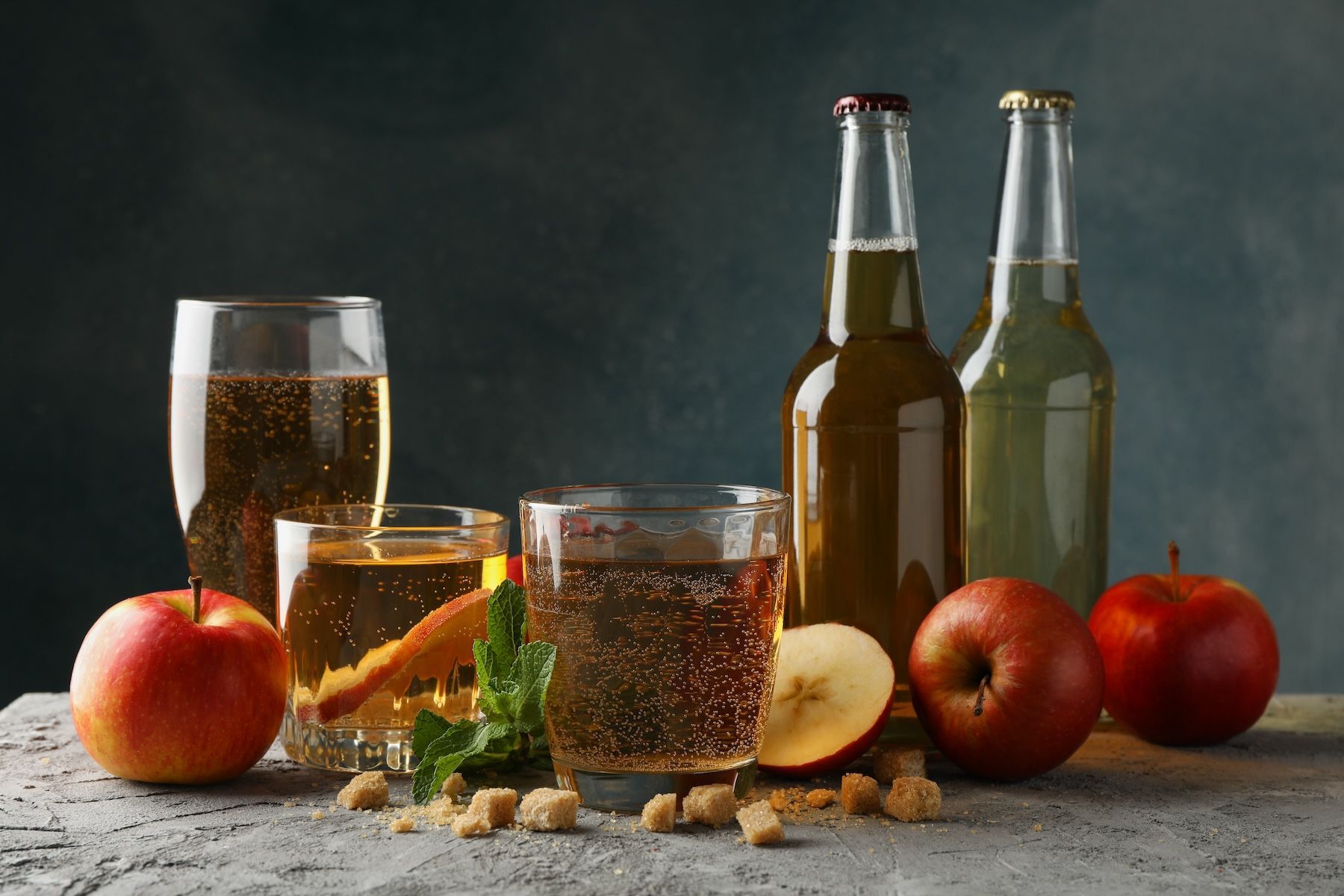

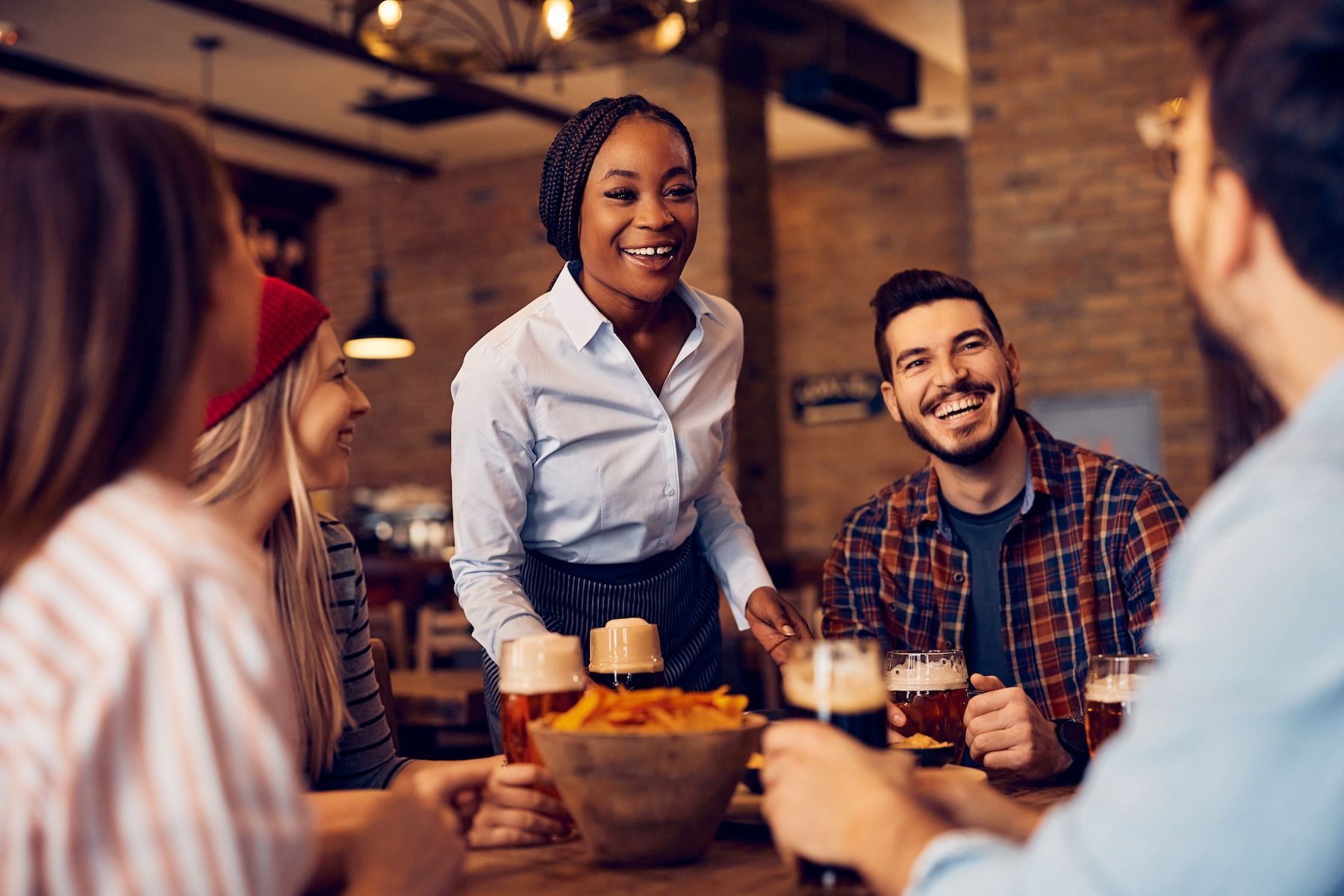
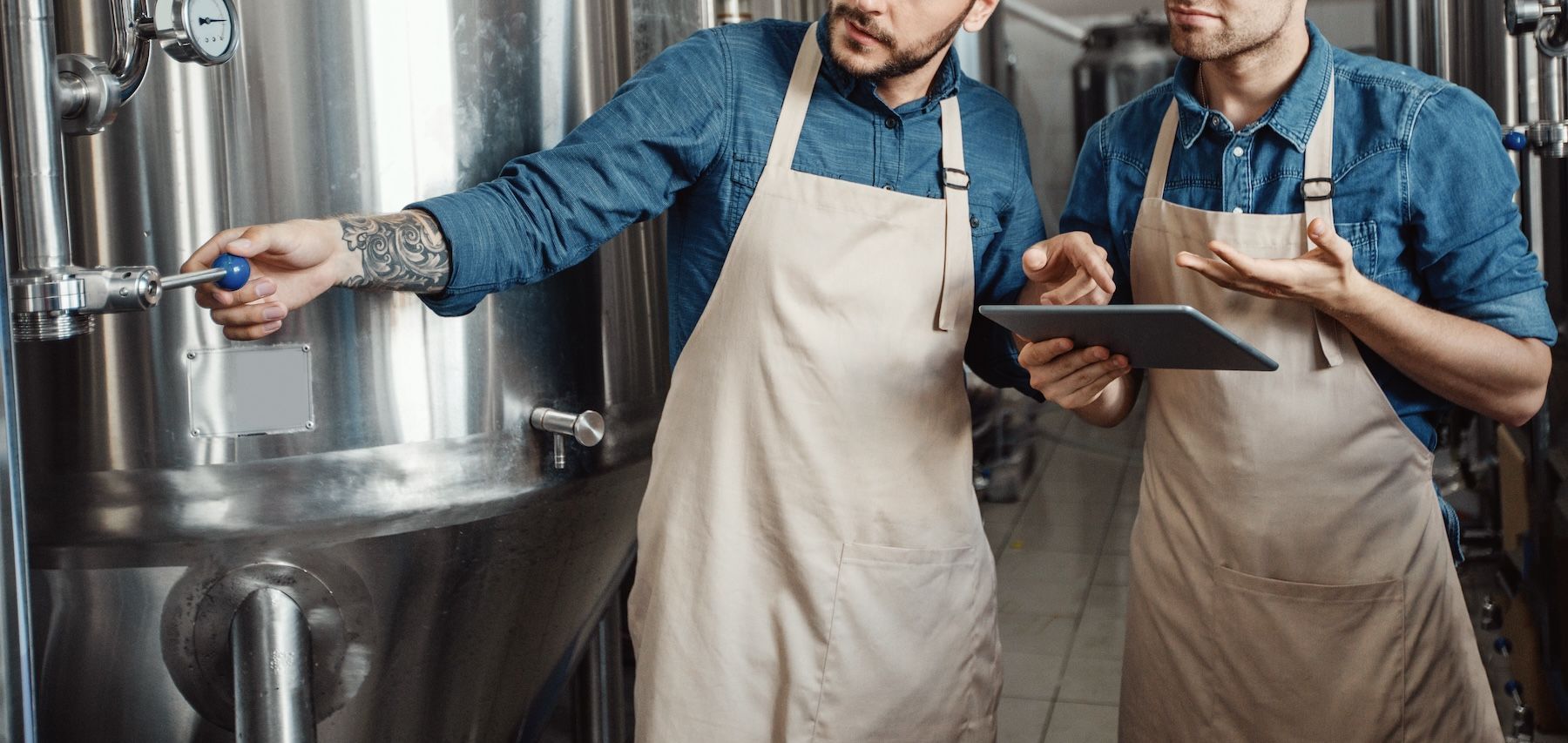
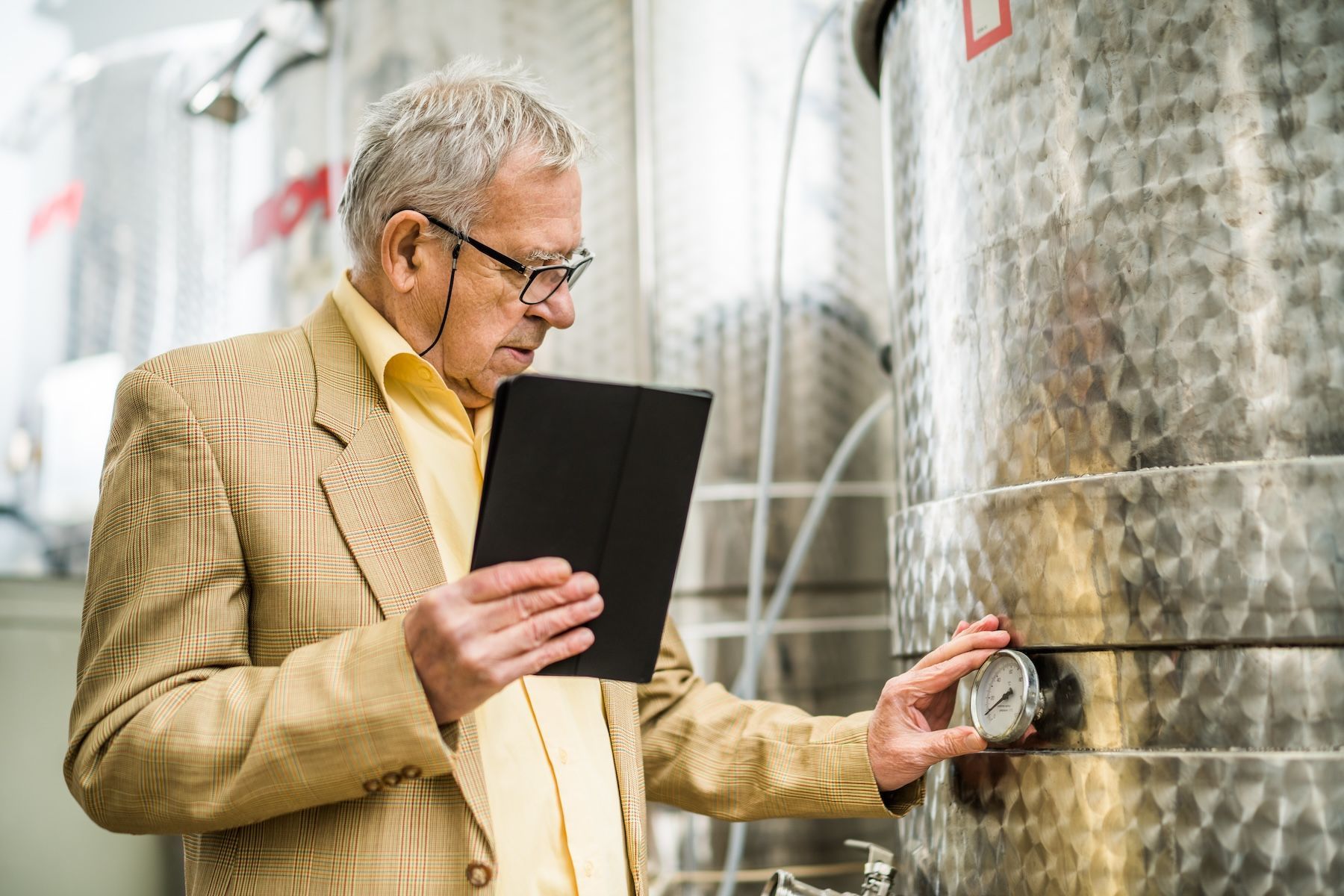
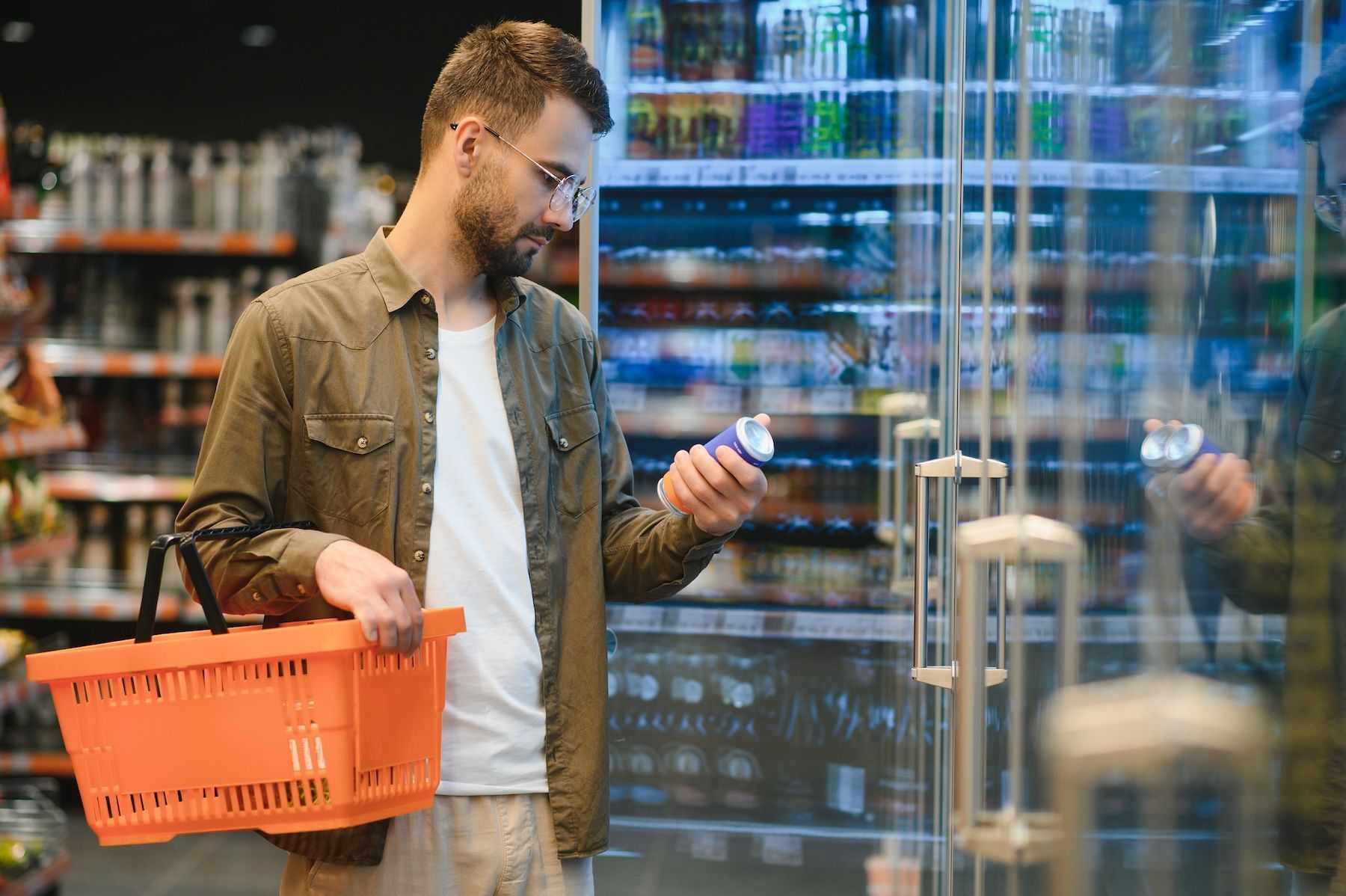

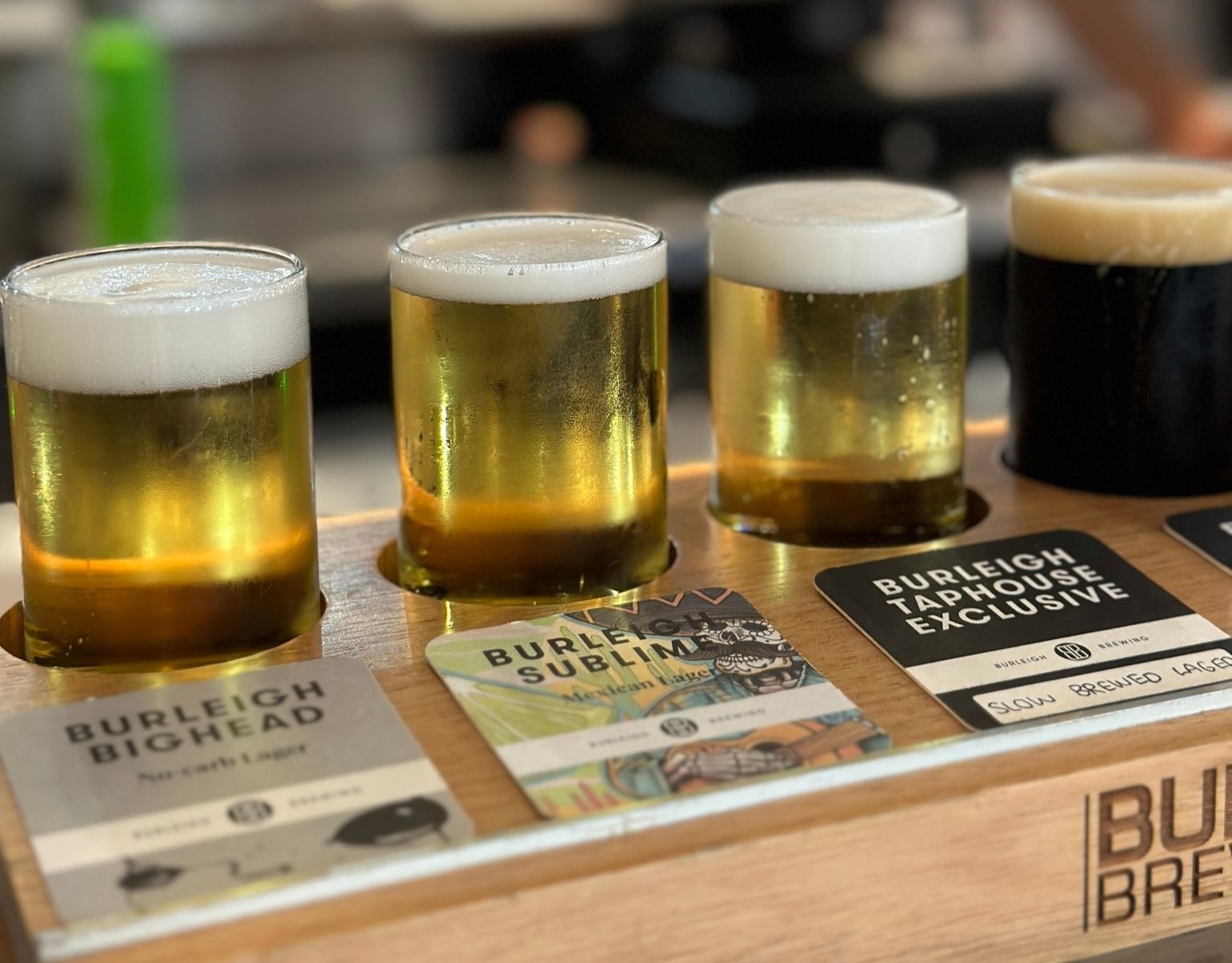
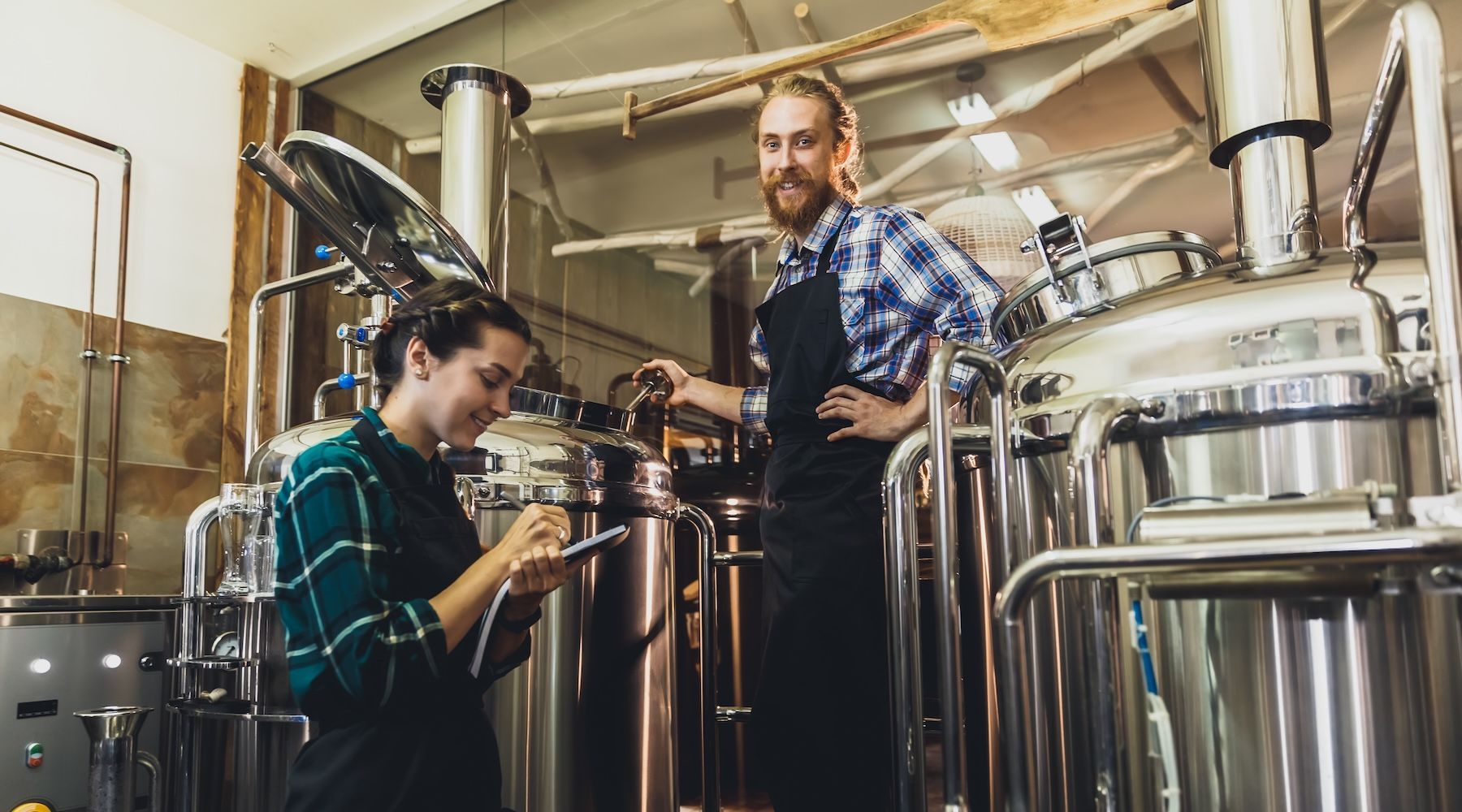
GET IN TOUCH
1512 Larimer Street, Suite #150
Denver, CO 80202
United States
(720) 699-0200
66 Goulburn Street
Sydney, NSW, 2000
Australia
+61 2 9044 1330

